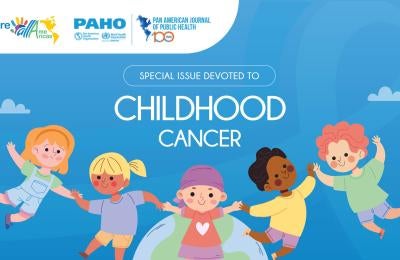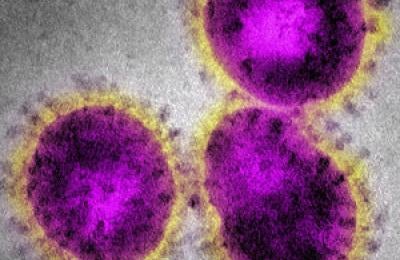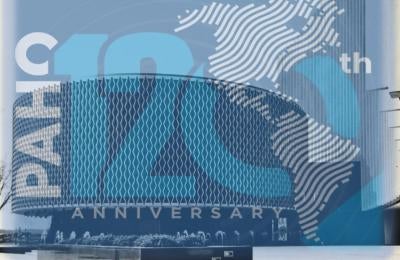Response capacity to the COVID-19 pandemic in Latin America and the Caribbean
Objective.
To analyze the evolution of the COVID-19 pandemic in Latin American and Caribbean countries in its first 90 days and its association with variables related to public health measures, and demographic, health and social characteristics.














